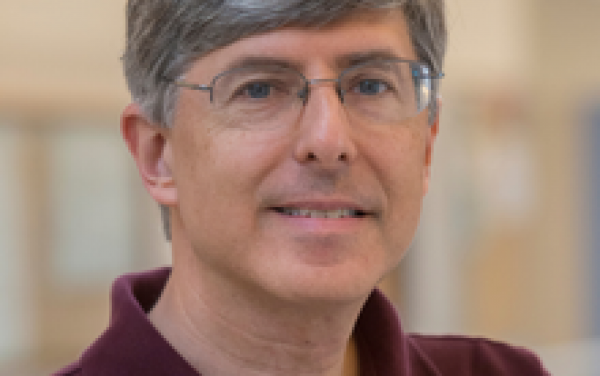spotlightimage

Spotlight Link
https://ai.stonybrook.edu/about-us/News/Molto-Bene-Stefano-Prof-Skiena-takes-Italy-Fulbright-Scholar
Spotlight Type

Imagine this scenario: a patient in a primary care office is due for a mental health screening, but the nursing staff aren’t trained in assessment of psychotic disorders, so psychosis is not evaluated.
What if AI had the capability to be part of the screenings, helping to detect psychosis?